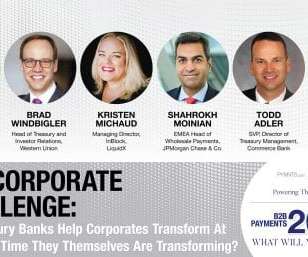What is a Payment Processing System and How Does It Work?
Stax
MARCH 18, 2025
Its the underlying infrastructure of digital or electronic payments, ensuring money moves freely and securely via the payers preferred payment method to the merchants bank account. Measures such as encryption, tokenization, and fraud detection are vital for protecting payment transactions from cyber threats, fraud, and data breaches.










Let's personalize your content